How to Buy Chilled Fish
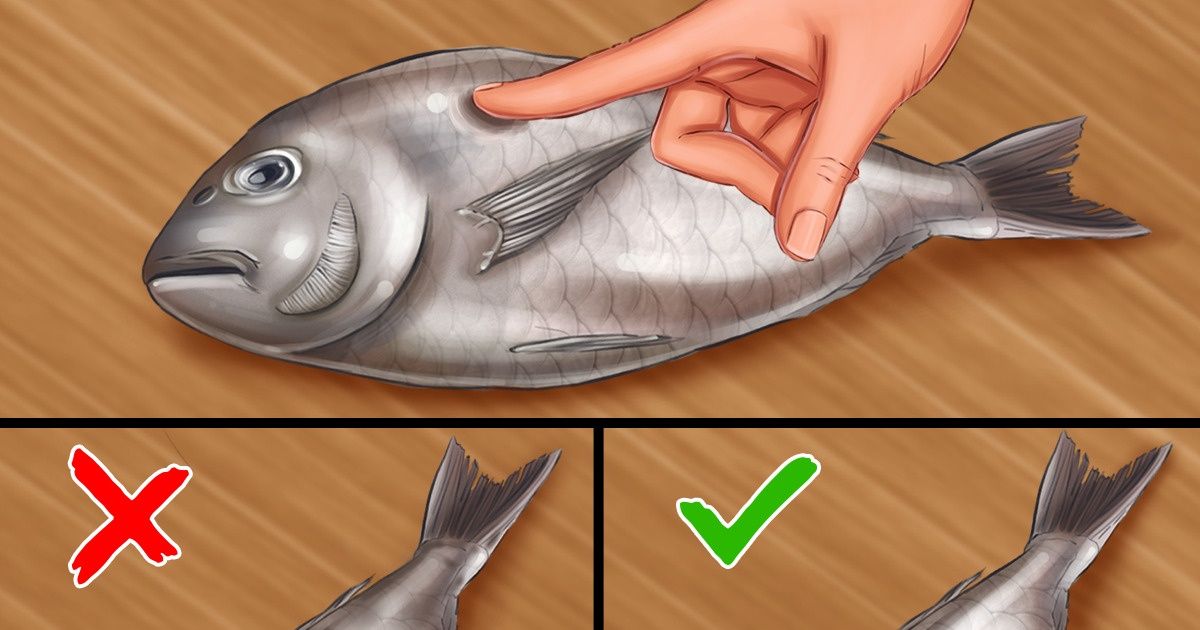
Fresh fish goes bad pretty fast, and it can be stored in a chilled state for up to 2 days. Fatty fish (like salmon) should be stored in an even more careful way because it spoils even faster.
If you’re curious about how to choose the best fish in a supermarket, 5-Minute Crafts will tell you just what to pay attention to.
1. Smell
A light sea smell (or no smell at all) is one of the signs that the fish is fresh. Any other smell is an indicator that it’s started to go bad.
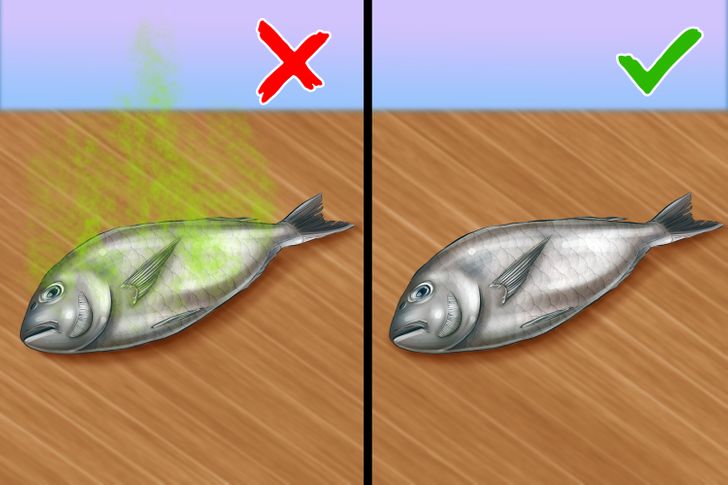
2. Surface
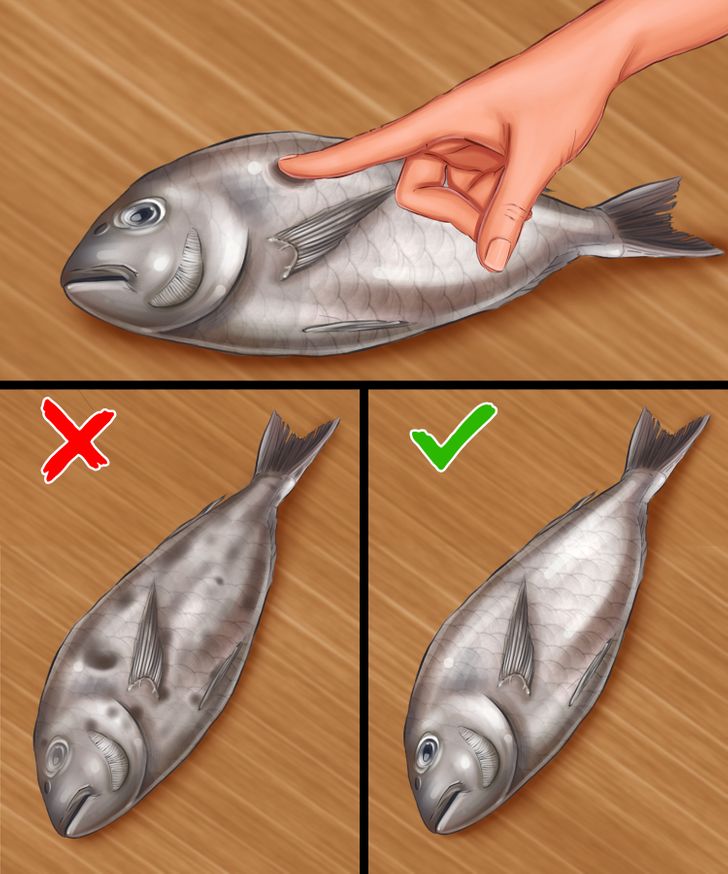
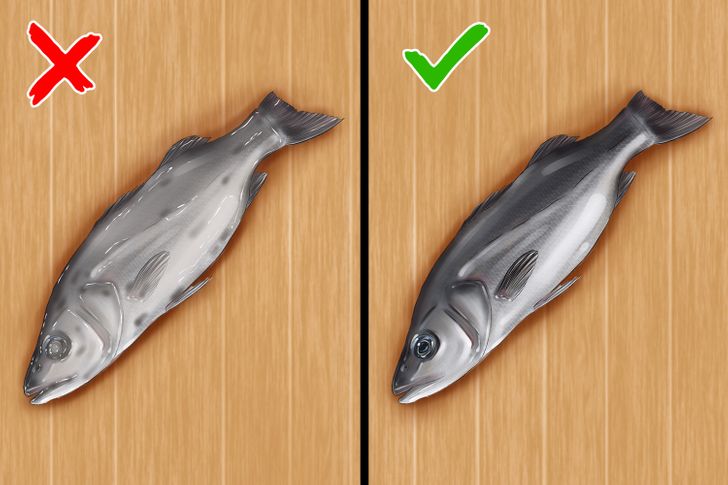
The fish should be shiny and almost dry. If there is some slimy plaque, it means the fish has started to go bad.
3. Fins and scales
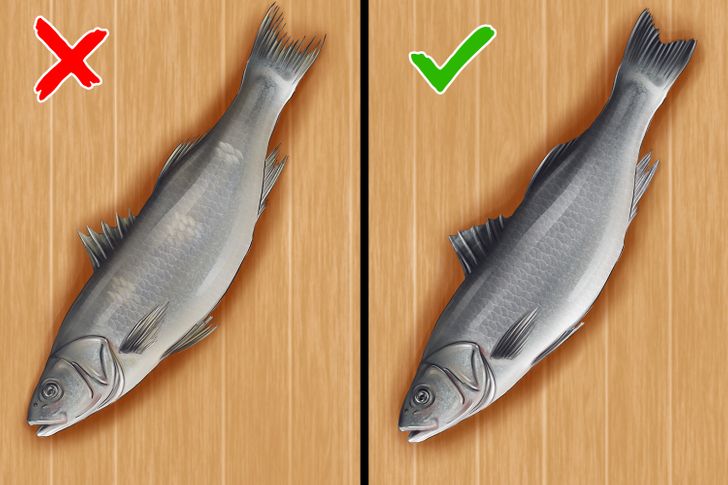
The surface of fresh fish is very even, and the scales are really close to one another. However, cracked skin can be a sign of rotting fish.
The flippers of good-quality fish have to be evenly wet without any dry fragments. Any dryness of the flippers means that the fish has been on the counter for far too long.
4. Gills
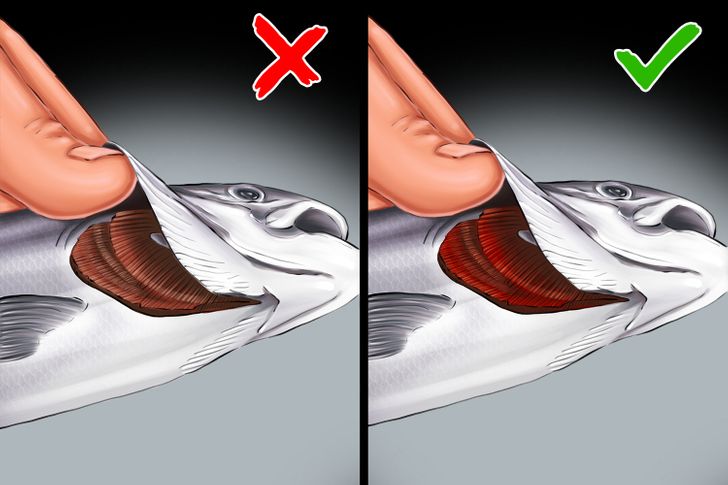
Dry fish have bright red gills. If you see brown gills, the fish is not fresh.
5. Eyes
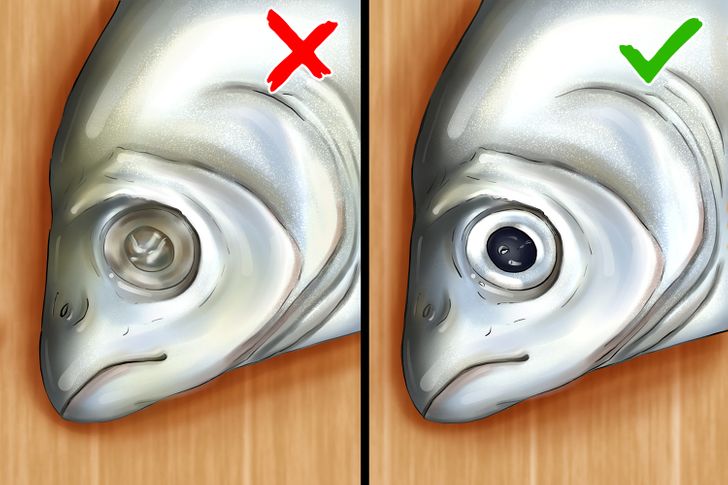
Fresh fish eyes look as if they’ve just been caught. Shiny eyes are a good sign. But if they’re dull and dry, it’s probably not fresh.
Important details
- You should know that fish that haven’t been gutted can be stored for a much shorter period.
- Storing fish in the cold is a good sign. Every hour salmon is outside the fridge at 50ºF, its shelf life is reduced by 4 hours.
- There are some other factors that influence the freshness of fish — big fish remain fresh for a longer period of time in comparison to small fish; flatfish can be stored better; fish caught in warm waters will go bad faster; and fish with many bones will remain fresh for a longer period of time.